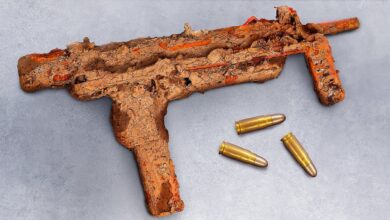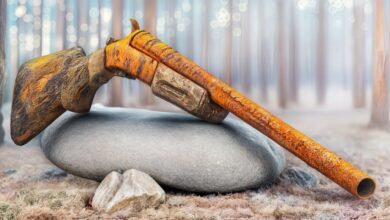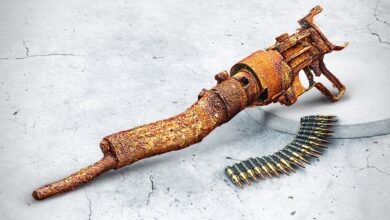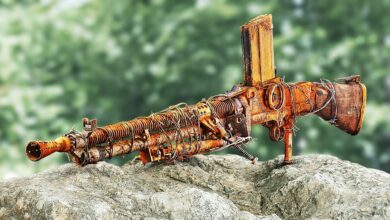Restoring the Smith & Wesson Model 3: A Glimpse into the Past of an Iconic Revolver
The Smith & Wesson Model 3 is one of the most revered firearms in American history. Introduced in 1857, this classic revolver was a pioneering design that became known for its breakthrough in both form and function. It marked a significant step in the evolution of handguns, setting the standard for revolver technology in the 19th century. For collectors and firearm enthusiasts alike, restoring a Model 3 is an intricate and rewarding task—preserving both its historical value and mechanical integrity.
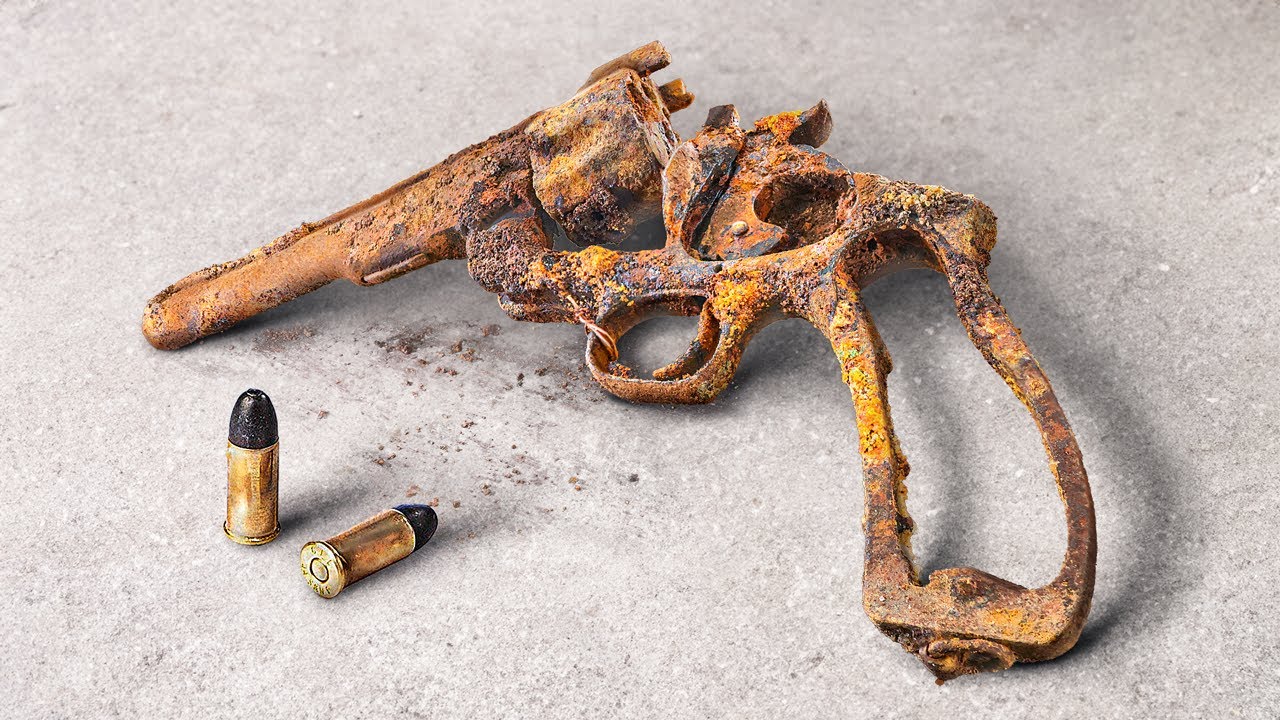
A Look Back at the Smith & Wesson Model 3
The Model 3 was the first successful American-made, large-frame, double-action revolver. It was designed by Horace Smith and Daniel B. Wesson, who co-founded Smith & Wesson in 1852. The revolver’s design was based on the “top-break” mechanism, a novel concept at the time that allowed the shooter to eject spent cartridges by simply breaking the barrel downward. This offered a faster reloading process compared to earlier single-action revolvers, which required the shooter to manually remove spent shells.
The Model 3 was widely adopted by both military and civilian users. It saw service in the American Civil War, as well as being adopted by various police departments and international military forces. The revolver was chambered in a range of calibers, including the .44 Russian and .45 Schofield, becoming a symbol of frontier life and law enforcement during the late 19th century.
Why Restore a Smith & Wesson Model 3?
Restoring an antique firearm like the Model 3 is not only a tribute to its craftsmanship but also a way to preserve a piece of history. Over the decades, the Model 3 has gone through various ownerships, uses, and environments, which can take a toll on its condition. These revolvers may be found in a range of conditions, from well-worn to heavily damaged.
Collectors often seek out these revolvers for their historical value, and shooters with an appreciation for vintage firearms may want to restore their Model 3 to operational condition for use or display. Restoring a Model 3 is a way of reviving a significant piece of firearm technology, ensuring that it can be appreciated by future generations.
The Restoration Process
Restoring a Smith & Wesson Model 3 requires a combination of skill, knowledge, and attention to detail. Depending on the extent of wear or damage, different approaches can be used to bring the revolver back to its former glory. Below are the main stages of restoring the Model 3:
1. Initial Assessment and Cleaning
The first step in the restoration process is assessing the overall condition of the revolver. Carefully inspect the metal frame, barrel, cylinder, and trigger assembly for wear, corrosion, and any structural damage. For a revolver that has been neglected or left in poor conditions, rust and dirt can be major issues that require thorough cleaning.
Use specialized cleaning solvents, brushes, and cloths to remove debris and corrosion. Be mindful of the delicate parts of the revolver to avoid causing any further damage during the cleaning process.
2. Repairing or Replacing Parts
Many Model 3s may require repairs or the replacement of worn or broken components. This could involve fixing the internal mechanism, replacing springs, or repairing the trigger action. Finding original parts for a Model 3 can be a challenge, as they are no longer manufactured, but many gun parts suppliers and specialized restoration experts offer high-quality replicas or functional parts that are close to the original designs.
The cylinder, barrel, and ejector rod are commonly areas where replacement parts are needed. For worn barrels, barrel honing or re-rifling might be necessary, though this should only be done by a professional gunsmith to preserve the revolver’s historical integrity.
3. Refinishing the Metalwork
Once the revolver is mechanically sound, attention can be turned to its exterior. Many Model 3s had blued steel finishes that have faded or worn over the years. Refinishing the metalwork can restore the revolver to its original appearance, but it’s essential to approach this step with care.
Many collectors prefer to leave the patina and signs of wear intact to preserve the revolver’s “character.” However, if the goal is to fully restore the gun to a factory-fresh appearance, a professional refinishing job may be necessary. The restoration process may involve re-bluing the frame, barrel, and cylinder, or applying other period-correct finishes, such as case hardening.
4. Wood and Grip Restoration
The wooden grips of the Model 3, often made from walnut, are susceptible to cracking, warping, and fading. If the original grips are still intact, they can be carefully restored to remove surface damage, enhance the finish, and reinforce any structural weaknesses.
If the original grips are missing or too damaged to restore, high-quality replicas can be crafted to match the original design. This ensures that the revolver retains its historical accuracy while also being functional.
5. Testing and Final Adjustments
After the revolver has been restored, the final step is testing its mechanical function. This involves checking the cylinder rotation, trigger pull, timing (i.e., how well the cylinder aligns with the barrel), and other components. Functionality tests ensure that the revolver can be operated safely and accurately, particularly if the owner plans to fire it.
Once the restoration is complete, a final inspection of the revolver should be done, checking for any issues that may have been missed during the restoration process. The revolver is then ready to be displayed or used, depending on the owner’s intentions.
The Importance of Professional Restoration
Given the complexities of restoring antique firearms like the Smith & Wesson Model 3, many enthusiasts turn to professional gunsmiths and restoration experts who specialize in antique firearms. These professionals possess the expertise to restore both the mechanical and aesthetic aspects of the revolver, ensuring that it stays true to its original form and function.
Restoring an old revolver like the Model 3 requires not just technical skill but also a deep respect for the history that these guns represent. A properly restored Model 3 not only reflects the craftsmanship of the 19th century but also the enduring legacy of Smith & Wesson as one of the foremost manufacturers of firearms.
Conclusion
The Smith & Wesson Model 3 is a revolutionary piece of American firearm history. Its design broke new ground in revolver technology, and it played a key role in shaping the course of both military and civilian firearms. Restoring a Model 3 is a rewarding endeavor that requires a deep appreciation for both the art of firearm mechanics and the history behind these iconic guns.
Whether you’re a collector, historian, or shooting enthusiast, restoring a Smith & Wesson Model 3 provides a unique opportunity to preserve a piece of the past, breathing new life into a timeless piece of American engineering.

